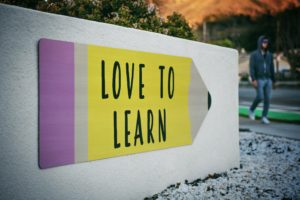Maximizing Summer Learning
“Summer learning is not summer school. In fact, the most successful summer experiences often feel as different from formal schooling as possible. They provide the freedom for students to explore new ideas, new interests, and new activities in ways that can be difficult to do during the constraints of regular schooling.” –Matthew Boulay, PhD NSLA Founder

In the COVID-19 era, summer learning holds more promise than ever. A 2021 RAND study found that student attendance at summer programs lasting at least 5-6 weeks with 3-4 hours of academic instruction per day produced measurable gains in state exam scores. While educators and families are understandably focused on addressing gaps exacerbated by the pandemic, the most successful summer learning programs seek opportunities to advance beyond remediation. Recognizing the pandemic’s wide-ranging impact, districts across the country are using summer sessions not only to provide additional academic support, but also to foster social–emotional learning (SEL). This includes emphasis on strengthening student-teacher relationships, trauma-responsive supports for students and communities most affected by COVID-19 and learning environments and curricula that reflect and allow students to work from their own experiences, social contexts, and priorities.
Districts are also turning to blended programs that combine academics and enrichment, a summer camp model that may increase attendance and provide opportunities for students with lower incomes. These efforts are an important step towards closing the summer opportunity gap attributed to wealth, which has increased by 20-30 percent over the past two decades. Now is the time to unlock summer learning’s potential as districts seek to ignite learning and increase student resilience as part of their COVID-recovery strategy.
Equity Priorities
- Identify and work to mitigate barriers to summer learning attendance and engagement, especially for groups that have been economically and socially marginalized
- Incorporate a whole child development approach to provide individual and community supports, especially high risk youth.
- Prioritize culturally-responsive learning environments, delivery methods, and content.
Source: National Summer Learning Association
